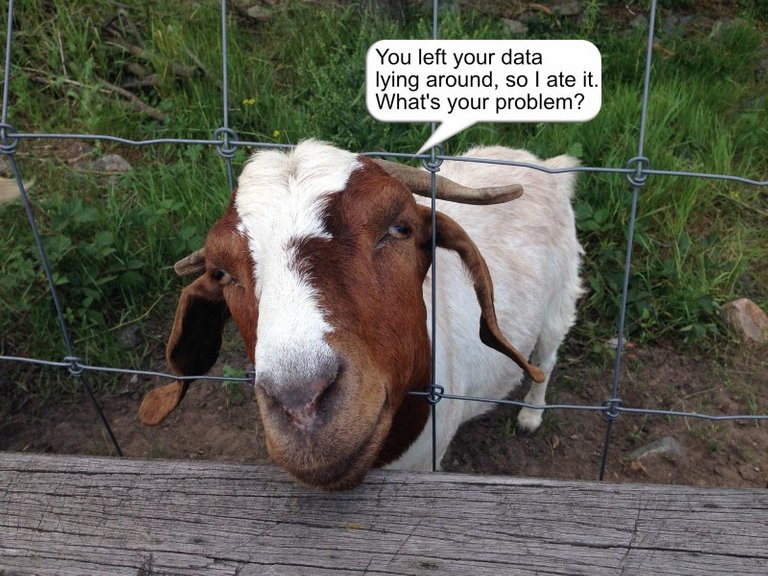
The Usual Suspect
Let’s face it, it’s all over the place. Your emails and all their attachments are on Gmail, or maybe Yahoo. Your educational and professional history is on LinkedIn and your social shenanigans are on Facebook. Your music is in iTunes and your photos, and a whole heap of other stuff is in Dropbox. And there’s more of it on your PC and your mobile phone.
Your personal details, like name and mobile number and email address are on most of the web sites you signed up for, and your financial details are with your bank and credit card providers. Your investments are with your broker and the deeds to the house you own, if you own one, are lodged in a bank somewhere along with legal documents, like your will. The frustrating truth is these apps and services you enjoy so much have become quite entitled to your personal data, storing and sharing it and selling it as they please. The good news is that as a data creator, you don’t have to keep accepting this truth. You have more power than you realize. Before I get to that, let’s look at the types of data that we each possess.
Can We Reclaim Our Data?
I’m glad you asked. The answer, I believe, is “yes—but it will not reclaim itself, and you cannot do it right now.”
But before you even think of that, it makes sense to have some idea of what your personal data is. Here’s a list:
1.) Basic personal information. Some of this data is what you might be asked for when you sign up on a web site, such as name, gender, date of birth. It also includes contact data like email addresses, mobile number and physical address.
2.) Credentials. This is formal identification data that proves who you are or possibly just gives you the key to unlock some door. It includes such things as driver’s license, work visa, passport, birth certificate, marriage license, social security number and so on. It also includes digital credentials that give you access to websites, accounts, software applications and so on.
3.) Personal history. If you include everything this is a big category: your education record, your employment record, travel, criminal record (if you have one), family history, health record and financial record. To this you can add your personal digital history—a full audit trail of all your digital activities, click by click, since the birth of the Internet. Of particular interest is your shopping history, online and off. You don’t have to guess why.
4.) Profile, Interests and Preferences. This is the kind of data that advertisers want to know about you; likes, dislikes, hobbies, sports interests, entertainment interests, political and religious interests, and so on. Even the content of your camera roll (screenshots, photos, videos, geotags, and all) is accessed at an alarming frequency. Additionally, there exists a digital map of your day-to-day location, thanks to GPS tracking capabilities built in to most mobile applications.
5.) Proof of Ownership (or Title) and Digital Possessions. The data here includes deeds, titles, provenance, appraisals and other documents that relate to or prove an individual’s ownership of possessions such as a house, car, antiques, etc. It also includes details of any items that you have created or manufactured: machines, works of art, books written, music, videos and any patents. To that you can add all your digital possessions, including all photographs, videos, music, sound recordings, software they have bought, data files and so on.
Read the rest from Algebraix CSO Robin Bloor here